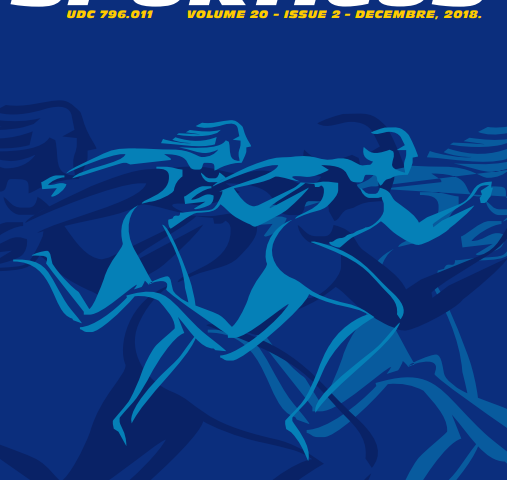Abstract
Determining body composition can be the way to estimate health risk, as well as the sports results of a person. Physical activity alters body composition, and the biggest impact on the components of body composition has aerobic exercise. The parameters of the body composition are body mass, percentage of fat mass (FM), amount of fat-free body mass (FFM), Waist-to-Hip Ratio (WHR), and Body Mass Index (BMI). Determine all parameters of body composition before and after aerobic exercise and compare them. 64 healthy young female (19-25) subjects has been recruited. These were divided in two groups: control (n=32) and intervention (n=32). In the intervention group subjects followed a six week aerobic phisical activity protocol. The measurements of body composition (by bioelectrical impedance analysis) in this group have been collected three times: at the baseline, after six weeks, and finally 4 weeks after the activity protocol has ended. Subjects in the control group have not been though any physical acivity protocol. Body mass, percentage of fat in the body, and BMI were the lowest at the measurement 4 week post-activity. Amount of fat-free mass had its lowest value at the second measurement in the intervention group, while it increased during the third, post-acitivy, measurement. Body composition of the intervention group has changed significantly in comparison to the control group (body mass, percent of fatfree mass and BMI were significanlty lower 4 week post-activity protocol).


